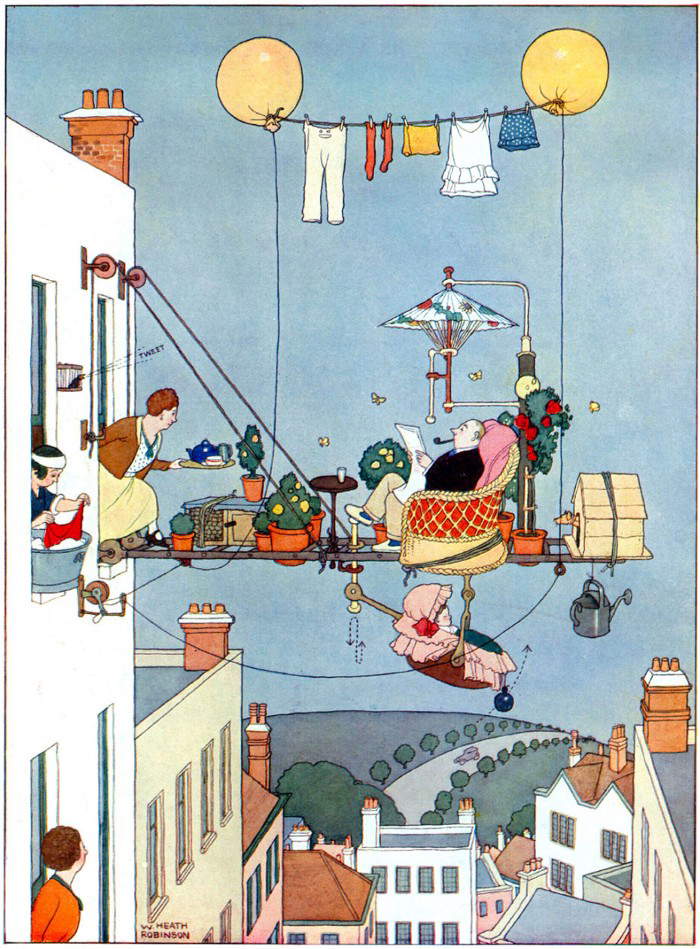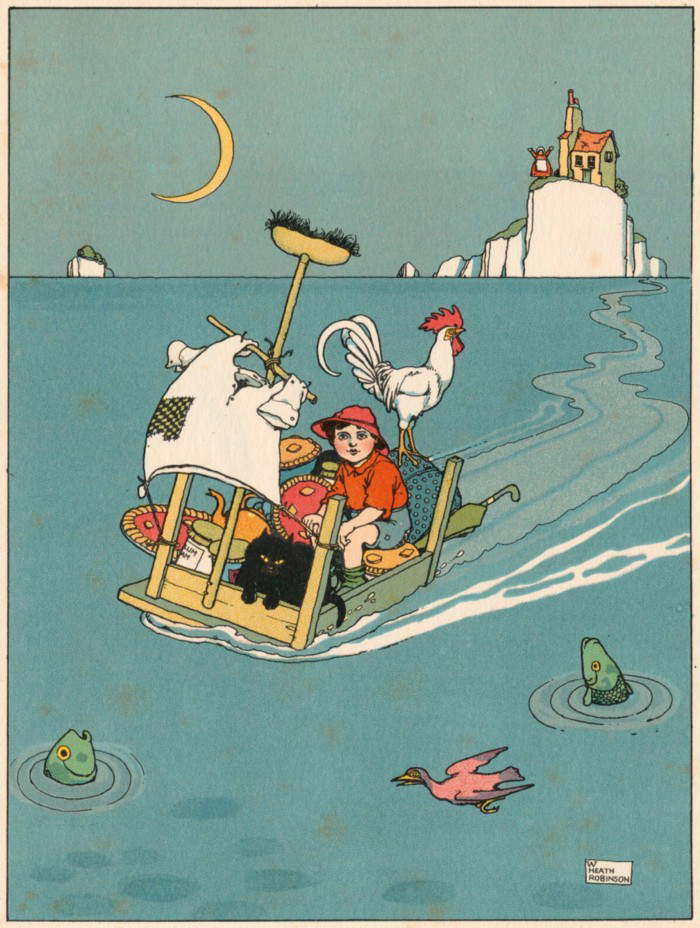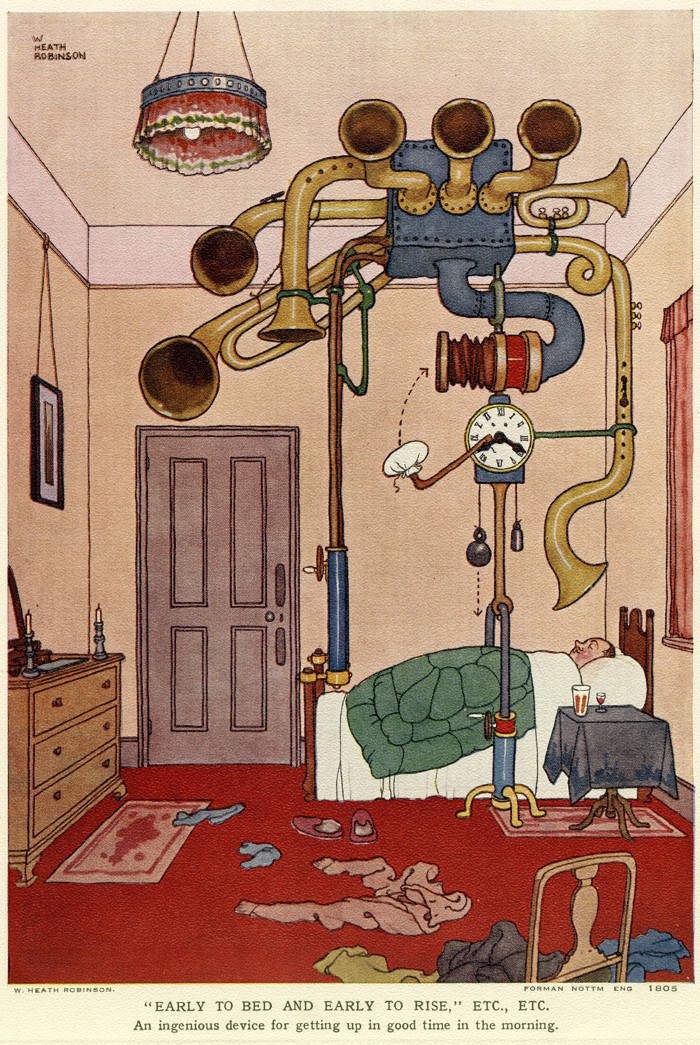What does the word “pandemic” really mean? Scanning official dictionaries, pandemic is an epidemic that occurs over a large geographic area and affects a high percentage of the population. And so far so good. What we are experiencing, however, goes beyond that: many museums have been, and some still are, on the verge of pandemonium. The pun does not end there. Pandemonium is also the title of a 2006 post-apocalyptic children’s novel, which describes the scenario of a global epidemic spreading around the world due to modern means of transportation, eventually causing a universal state of emergency. Pandaemonium is the capital of hell in John Milton’s Paradise Lost . Whether pandemic or pandemonium, in many of the cases all two, we are living in troubled times.
 |
For lockdown time netizensforced to experience the world through a keyhole, the view from their living rooms has often been pandemonium. The bottleneck that platforms and media have found themselves in may have caught less knowledgeable users by surprise as they tried to figure out what to look for in order to get involved by simply having their knowledge as a starting point. I am not, however, aware of any in-depth research on the impact of Covid-19 on the collective subconscious and how the public reacted to this new reality. I think that would be a study yet to be done and I hope that it will be done. What consistently emerges from the webinars and online discussions, however, is the harsh reality for which, from the end user’s perspective, the museum world may have experienced nothing more than a funnel effect.
In fact, we know that museums, as was rightly to be expected, have experienced a significant increase in online usage brought about by the Covid-19 pandemic. The latest statistics released by the Network of European Museums Organizations (NEMO) come from a survey of some 900 museums in 41 different countries (the statistics cover a period from April 3 through mid-May).
 |
This graph shows the increase in online activities recorded by 40 percent of the museums that participated in the survey. Of that 40 percent, just over 40 percent recorded a further slight but noticeable increase. Only a small percentage recorded that outstanding response of which we all got the impression from reading the media and noting the race to be more and more present online. And despite this rush to emerge, the impact seems to be less than expected. It would also be interesting to know which museums are part of that nearly 20 percent that have more than doubled their pre-Covid users. And it is curious to see that 20-40% experienced an increase, and 60-80% did not.
During the pandemic, museums have been in close competition to capture a larger share of web time, which in the short term has experienced a sharp increase. Certainly the demand is sustained, but there are competitors who are much better equipped and prepared than museums, or at least they are right now. The fact that not all social networks are used equally is well known, and has been succinctly summarized in a vast number of articles on social media. I would like to point out one written by Arik Hanson for business2community, which in turn points to changes in social usage. How museums will adapt to these changes remains to be seen.
 |
What then can we say about transmediality?
Simply put, transmediality is a reaction to the disjointed approach that many institutions and companies often follow when addressing their audiences. Transmedia storytelling is defined by Henry Jenkins as a process whereby all elements of a story are systematically disseminated through multiple channels with the goal of creating a unified and coordinated entertainment experience. Ideally, each medium should make its own contribution to the unraveling of the story. Jenkins presented these ideas on transmedia in 2003, but we can trace the theory back to Walt Disney and his ambition to create a multi-platform narrative universe.
There is no set formula for transmediality: it all has to do primarily with the best way we choose to tell a particular story to a particular audience in a particular context based on the particular resources available. For transmedia thinking, all media, whether old or new, have relevance, and can be put to good use.
 |
What can museums learn from transmedia thinking?
Transmedia thinking can help museums set up exhibitions and outreach projects, plan and organize events that engage audiences in the real as well as the virtual, and that can be developed in dual or even multinodal ways. This thinking could help museums consider traditional audiences and museum netizens as a single entity while recognizing and considering the fact that audiences can move from one medium to another in various forms and for various reasons.
I am not trying to invent the wheel again: the use of transmedia in museums is a reality even if it has emerged relatively recently. Museumnext addressed the topic of transmediality last January, and a number of museums have tried it in some temporary exhibition projects over the past two years. In 2018, Kajsa Hartig wrote an interesting post on digital first thinking that, in a way, anticipated this need. Incidentally, the talk about transmedia came to my mind when I learned about the decision of the Polin Museum in Poland to start a radio broadcast to reach out to its audience, so as not to rely exclusively on the website and social media. But I am sure there is more to it than that....
What I’m suggesting is to address transmedia thinking at the ideation stage, and to let this way of thinking shape your content from the beginning, so that it is suitable for the audience the project is intended to reach. This way of thinking may help you identify and fix a predetermined selection of mediums that can provide perspectives and variables that can ensure a much richer experience.
There may be similarities to the ways and means by which film production companies are able to gain a better understanding of the novels from which films are born: films and books are two different media, and one has interpretive potential that the other does not. Each medium can make its own contribution to the way the story unfolds, and that can be complementary to other forms of engagement that other media can provide. Choosing one over the other could be limiting. Instead, addressing both could open up a richer and more complete experience. So I would suggest these three points to follow or consider as a starting point for maximizing transmedia thinking.
If the brainstorm around your project starts with the idea that your institution needs to engage with audiences that often move from the real to the virtual, this will make a big difference. Because this way of thinking will be able to make it easier to develop initiatives to reach the pubic.You
Your netizens are just as important as your physical visitors. In fact, they may represent the same type of audience more often than you might think, especially when we think about the fact that digital is often the first place an information-seeking audience goes.
Your medium may not even be social media or some other high-tech platform. Going in order of empathy, it could be a radio broadcast, a phone call or a traditional letter. What matters is not the technology used but the ways and means of reaching your audience.ù
You can find more information on Transmedia Stortelling 101 and on Transmedia Storytelling 202.
The artwork in this article is by William Heath Robinson (1872 - 1944). Robinson was a cartoonist, illustrator, and artist, best known for drawings of bizarre and highly sophisticated machines designed to achieve very simple goals.
Warning: the translation into English of the original Italian article was created using automatic tools. We undertake to review all articles, but we do not guarantee the total absence of inaccuracies in the translation due to the program. You can find the original by clicking on the ITA button. If you find any mistake,please contact us.